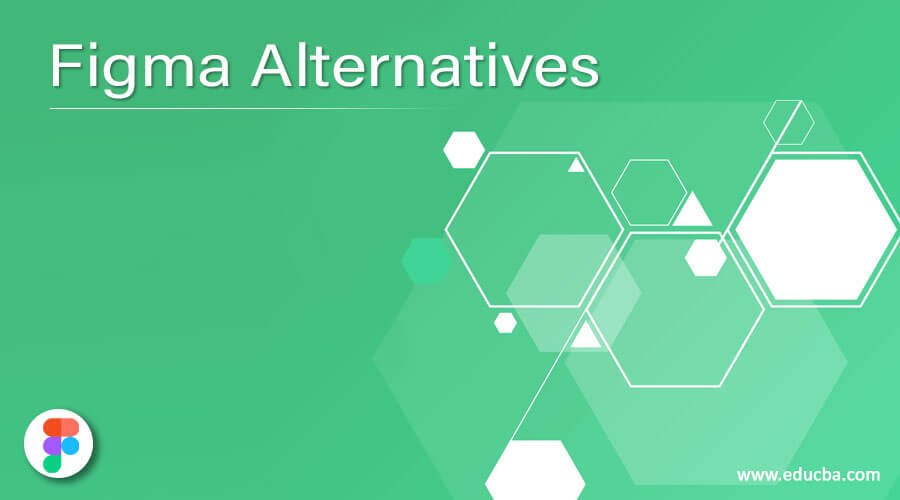
Introduction to Figma Alternatives
Figma is a browser-based GUI design framework, but it’s even more. It is definitely the perfect app for team-based collaborative design ventures, I would go so far as to suggest. Figma provides all the requisite resources for the project’s design process, including full-length illusion-enabling vector tools, prototyping capability, and hand-off code creation. While Figma is a web-based version, there is both a Windows and macOS desktop version. These are probably wrapped apps that have a browser within them, but Figma still runs online inside such applications, whether that is or is not the case.
Different Types of Figma Alternatives
Have a look on Figma Alternatives.
1. MouseFlow
Mouseflow is a compliance analytics tool used by the product, UX architecture, marketing, and analytics departments to guarantee the best conversion rates. You can see with Mouseflow session records in the eyes of your users and understand what their heatmaps draw. Mouseflow is a groundbreaking tool on the market for automated friction analysis (you know the exact documents you need to look at) and no samples at any speed. Heat maps for all the pages are drawn out of the box and can be sorted by various parameters.
2. Lunacy
Lunacy is a sophisticated graphic design program focused on vectors. It has Mockups and sketches, Web-specific and device user interface templates, icons and pictures, marketing materials. Users can Accelerate the work with Symbols, photos, diagrams, and schematic images of good quality from built-in libraries for your design. It provides Clever ideas in a style that remember and encourage implementation and adjustment with your types. It has an AI controlled background remover in just a few seconds to get rid of the backgrounds. Intelligent upscaler for improving and extending AI images.
3. Coda
Coda is an enterprise software construction low-code tool. Coda is a master suite merging tables and text — the squad can never outgrow with a single workspace. It could be a simple list or a trustworthy database. All will interpret the data however they like in a personalized view when operating on a common basis of reality. By adding building blocks such as buttons and packages, you can send your schedule to your doc or force your colleague on Slack. The building blocks would sound like an interface if you pulsate it on your phone. Buttons are converted into swipe acts.
4. Pencil Project
Evolus is a tech corporation that publishes a Pencil Project software suite. Mac and Windows is Pencil Project commodity. A free edition is provided by Pencil Team. Pencil Project is app prototyping which incorporates features including import/export data, drag & Drop, flowchart, designer data, and models. Lucidchart, SmartDraw, and MockupTiger are also other competitor app solutions for Pencil Project.
5. Omnis Studio
Omnis Studio is a platform-based framework for application development. Omnis Studio helps software developers and programmers to once write application code and business logic and use apps on almost every platform or computer, including Windows and macOS desktop PCs, as well as iOS, Android, and Windows phones and tablets. A wide variety of client devices can be supported using a normal web browser on desktop and mobile devices, Omnis JavaScript Client, a special JavaScript-based application.
6. Maze
Maze is a user testing platform that transforms your prototype into real-user insights and trust in the process. Maze makes it easier for developers to gain insights by incorporating the current workflow in design and prototyping. It’s simple as a pie to build user experiments. Check designs InVision, Wonder or Draw to see how the concept fits with smartphone metrics. It is never easy to create digital goods. Maze allows you to explore solutions by supplying you with the insights you need if you need them.
7. Adobe
Lay an idea for actual objects such as images, text, types, and fonts. For refinement and completion, submit the cable frame to Photoshop, InDesign, or Muse. The idea of Movements that drop in the text, simple types, and editable text boxes can be explored by graphic artist and designer. Coordinate and function with positioning control instructions and grids. Free fonts and fonts mounted on your computer from Typekit or from a third party. Edit or rewind and export the concept in its timeline from some point. Submit the concept to the desktop where it is opened in InDesign, Illustrator, Photoshop, or Muse automatically.
8. Useberry
Analytics of the codeless prototype. Feedback and rich views in minutes rather than months from device research! Obtain a chart of each press or tap your prototype to analyze your idea and develop it. See how users search and detect drop-offs from the prototype. Obtain video recordings of navigation of the testers to view the contact in real-time. Know how long testers have taken to act. Time is essential. Select and multiple responses, scales of opinion, and open questions. Ask the Testers for a single mission to calculate transfer speeds, retract and guide routes, rebounds, and more on your prototype.
Conclusion
In this article, we have seen various alternatives to Figma to design frameworks. You can choose any of the software based on your requirements. We hope you will find this article helpful.
Recommended Articles
This is a guide to Figma Alternatives. Here we also discuss the Introduction, the different types of Figma Alternatives. You may also have a look at the following articles to learn more –
